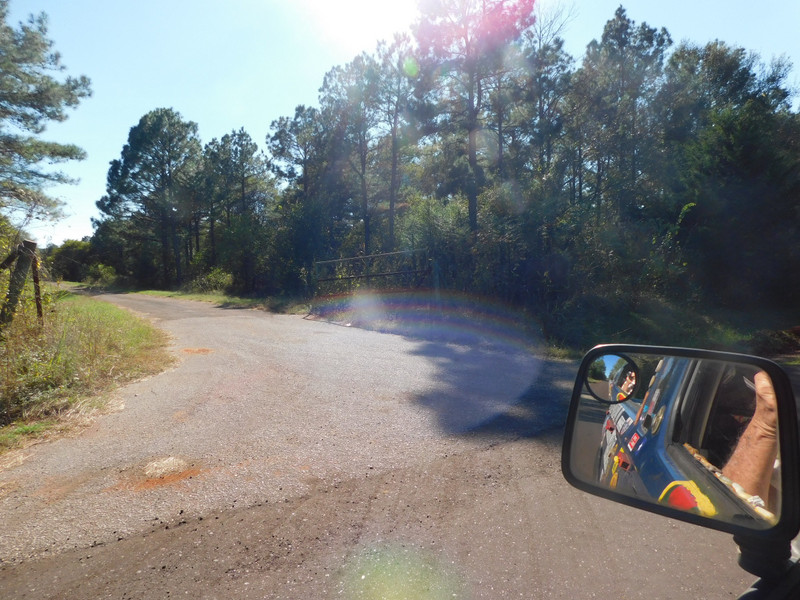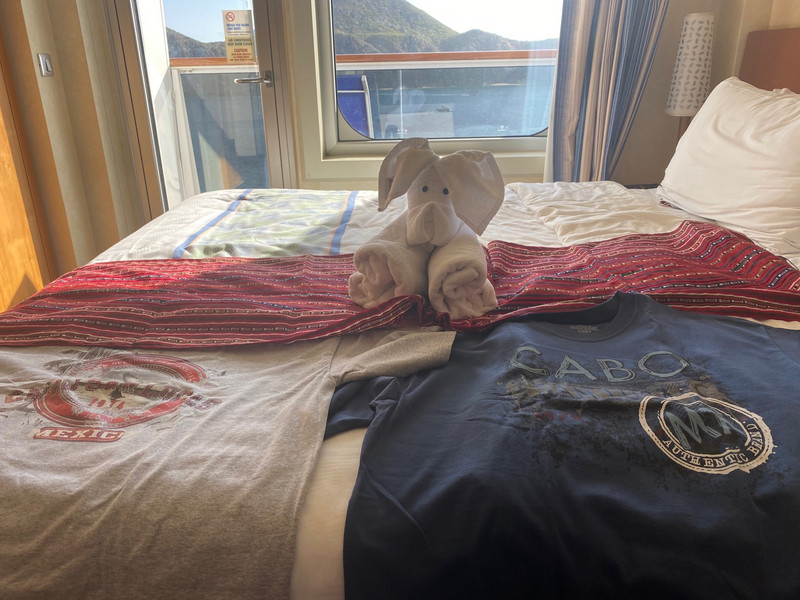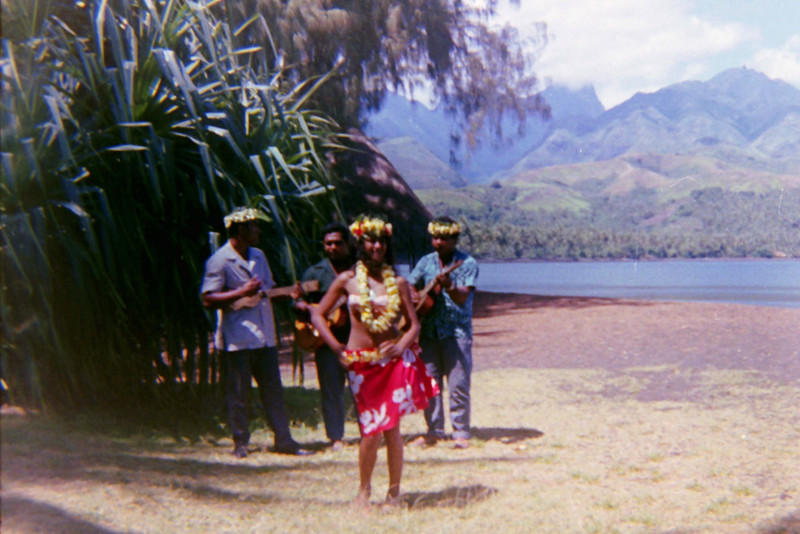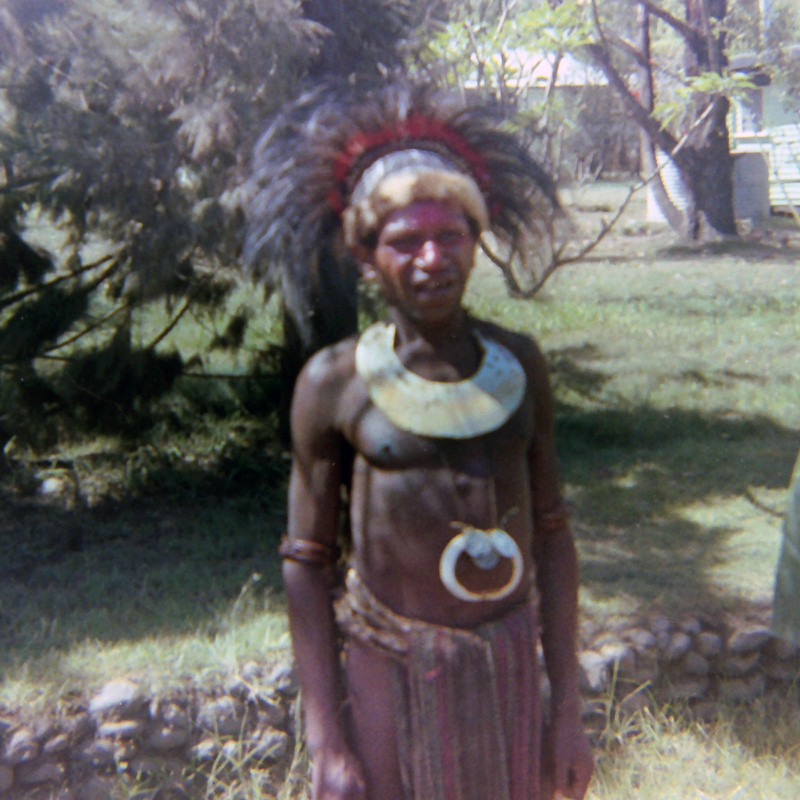The Killough Monument (massacre site with historic marker) is a hard to find site on an unmarked road running South of Cherokee County Road 3411. The Issac Killough family was unarmed while harvesting their crops. They were attacked resulting in 18 family members being murdered or carried off. The historic marker (and several internet sites) blamed that massacre on Indians; refering to the peaceful East Texas Cherokee Nation.
Keep in mind that Cherokee Chief Duwali (AKA Chief Bowles) had a signed treaty in 1836 with Sam Houston (and the Republic of Texas) for permenant exclusive land rites for about three million acres of land including all of Cherokee County. In 1837 the congress of the Republic of Texas nullified the treaty and started issuing land grants to settlers on Cherokee land.Unfortunately Issac Killough did not know that his settlement was on contested Cherokee land when he settled and planted his crops.
I think this second possability to be more accurate. The Vincente Cordova Rebellion was burning hot with a militia of over one hundred soldiers causing trouble.The Cordova Rebellion was centered on hispanic citizens of Nacogdoches that wanted to return Texas to Mexico. Cordova had been inciting the Cherokee
people and slaves to war, to assist his Mexican cause. I think the Killough massacre of 1838 by Cordova hispanics aided by a few Cherokee, some slaves, and one anglo dressed as an Indian.
The survivors of the massacre made their way to Lacys Fort just West of current day Alto, in Southern Cherokee County. In 1835 Martin Lacy built a small fort that served as his home and a trading post. There is nothing remaining of the fort.
The murdered bodies were buried on site marked only by piles of sandstone rocks. Later the site served as a cemetery for the family and neighbors.
In 1839 President Mirabeau Bonehead Lamar (a life long hater of Native Americans) used the Killough massacre as an excuse to sign the Cherokee expulsion (extermination) order. That order was carried out by General TJ Rusk with the Republic of Texas army and the Texas Rangers on July 1839.









